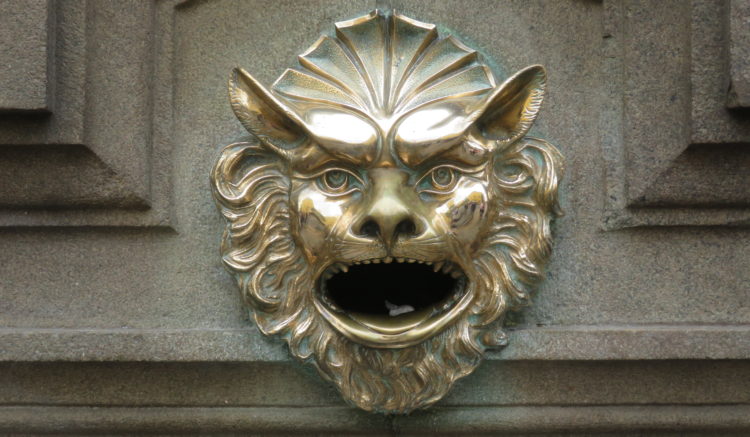This content has been archived. It may no longer be relevant
We bounced back through Lima on our way down to South Peru. Lima, like the rest of Peru, is obsessed by the World Cup. It is the first time that Peru has qualified since 1982, over 36 years ago, and the national team’s players adorned all the billboards and the Peruvian colours of red and white were everywhere. Peru has one of those classic footballs shirts with a diagonal red strip on a plain white background, and much of the population were wearing their red and white shirts with pride. Unfortunately Peru missed a penalty in one of their group games and as a result failed to get out of the Group Stages, but nevertheless the team and their fans represented their country with pride and the vibe in the city is that their team did well and hope that it is the beginning of a period whereby Peru will be up there with Brazil, Argentina, Uruguay and Colombia as a major player in world football.

In contrast to the atmosphere surrounding Peru’s national football team, winter had truly set in and the Lima climate was grey with persistent sea mist making the city look dull. The main Plaza Mayor had a big screen showing the football, but also had a large riot police contingent complete with riot shields and also a water canon truck. At several times during the day the police put the square on lock down always at the first hint of any demonstration. The political situation in Peru remains on edge especially with the endemic curse of corruption that practically every Peruvian we met has stated.

We took one of the free City Tours round the main sites around the City Centre. Our guide was a student at one of the Lima Universities and wants to be an actor. His English was excellent and he gave us a number of interesting insights on our tour. Santa Rosa is the historical figure that dominates the city, allegedly performed a miracle in defending Lima from the pirates in the midst of a, hard to believe, thunder storm (it hardly ever rains in Lima) stands on top of the main Cathedral looking out to the sea, is buried in an ornate tomb in the Iglesia Santo Domingo. Miracles form a large part of Peru’s catholic culture.
The tour finished in one of the artisan markets behind the cathedral with a tasting of a number of different types of pisco, Peru’s national drink. There are a number of different varieties of pisco, which can use both red and white grapes, though the drink is nearly always clear. Pisco evolved when it was impossible to export wine to Europe. There is great rivalry between Peru and Chile on pisco with both claiming it as their own, though as the Peruvians say, Chile has an excellent wine industry so they shouldn’t trample on Peru’s claim to pisco. The pisco sour like the Brazilian caipirinha is one of the world’s premier drinks originated from Latin America.

Date: 26/06/2018 to 29/06/2018
